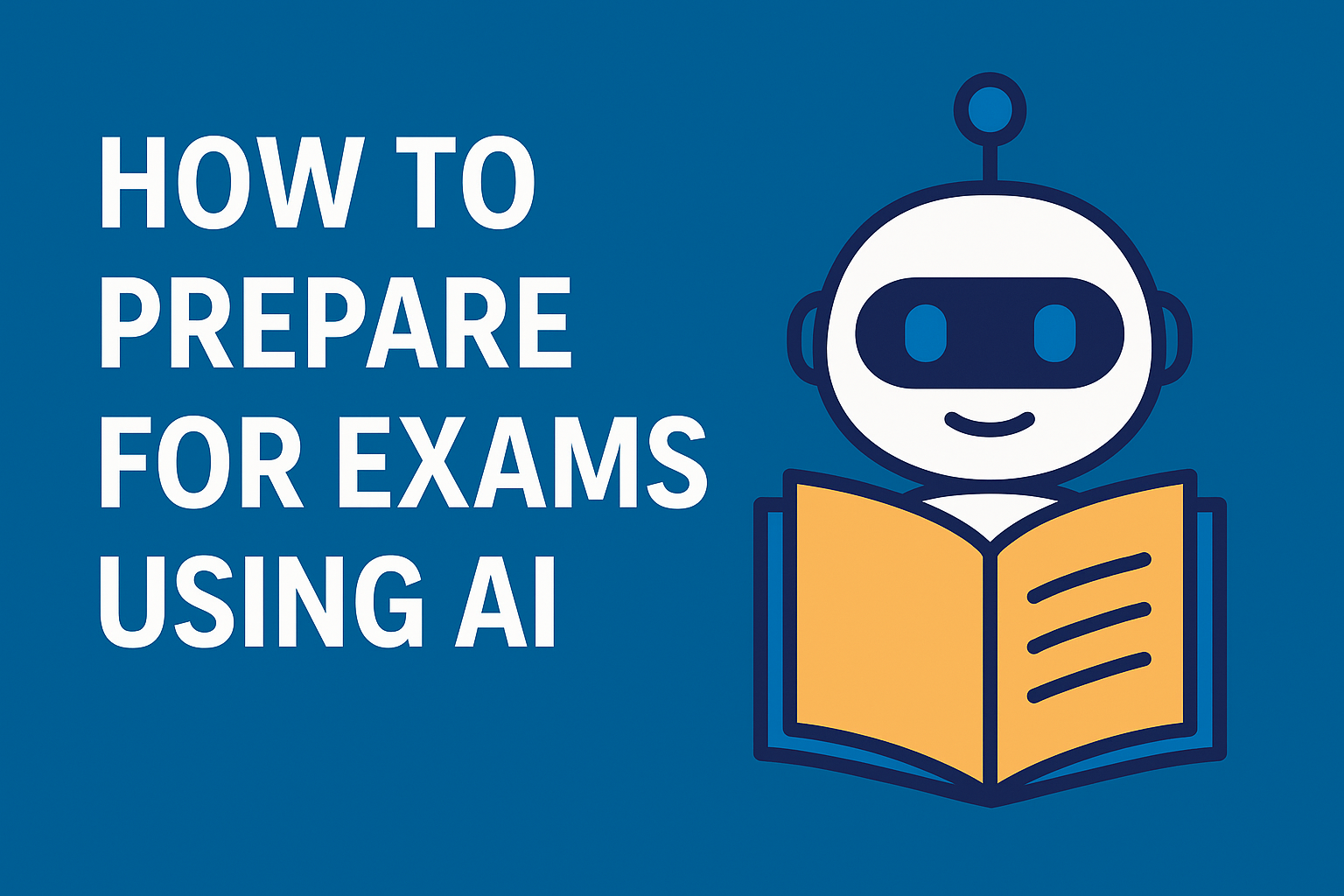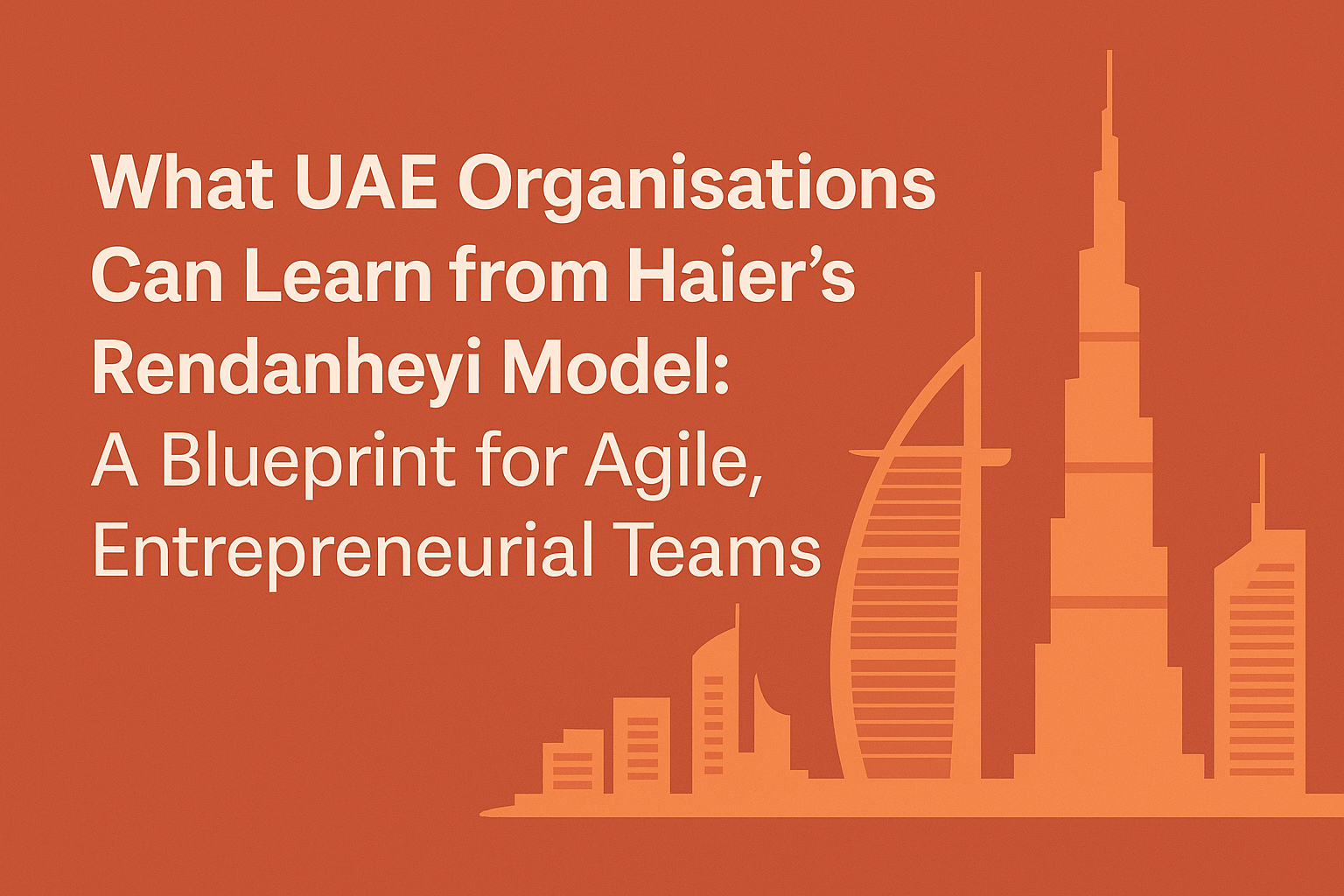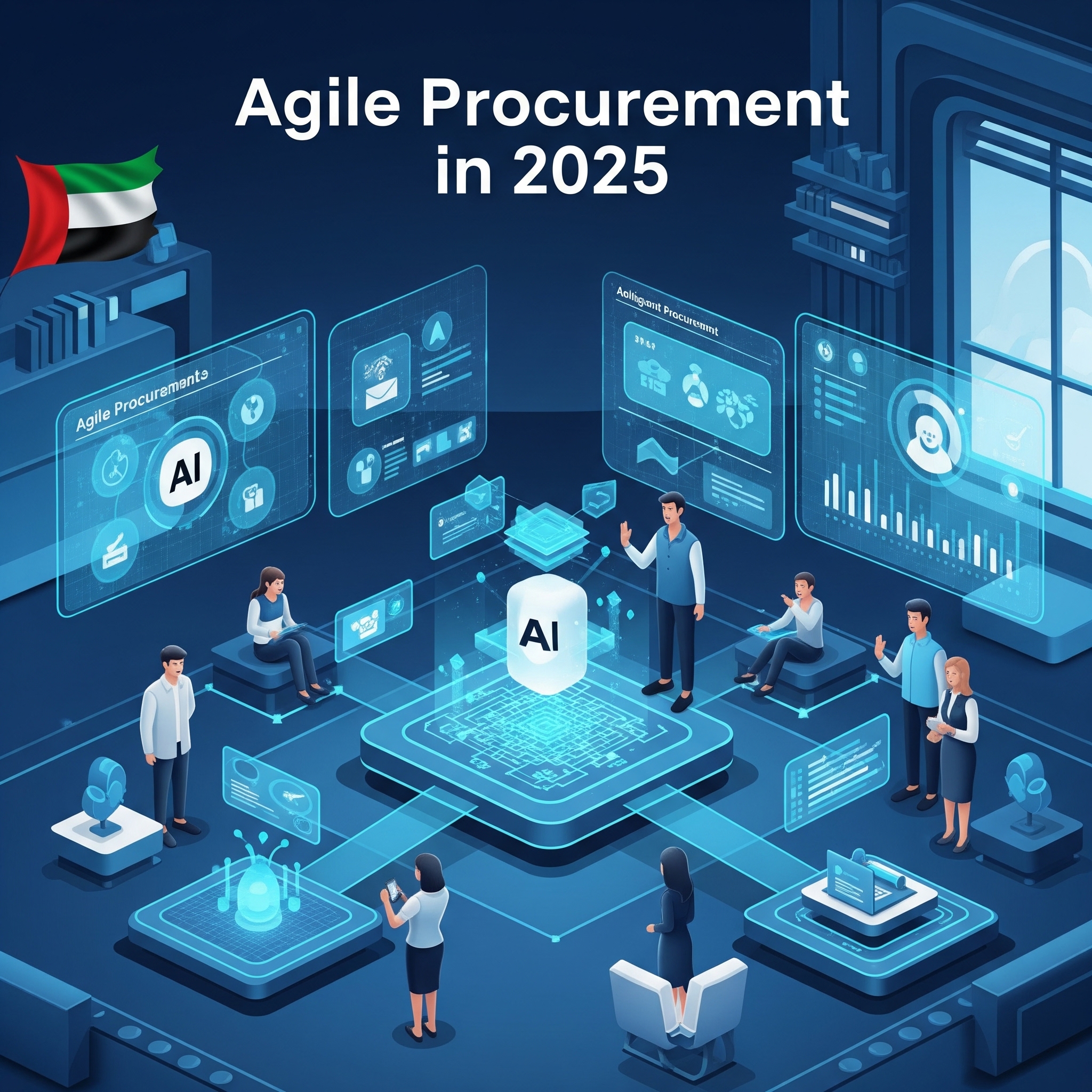Executive summary
UAE and GCC enterprises are competing on organisational intelligence: the ability to sense demand fast, decide at the edge, and mobilise partners at speed. “Zero Distance” (from Haier’s RenDanHeYi) is the mindset; Lean-Agile Procurement (LAP) is the mechanism that turns it into measurable outcomes. In this playbook we show how to combine Zero Distance with LAP, a product-operating model, and evidence-based metrics to cut cycle time, increase innovation, and strengthen supplier ecosystems across the region.
Why “Zero Distance” matters now in the GCC
AI, data ubiquity, and ecosystem competition are collapsing the gap between customers and the teams serving them. The winners will minimise hierarchy, push decisions to the edge, and co-create with suppliers and customers. In the GCC, where national strategies prioritise digital industry, energy transition, tourism, and logistics, this isn’t a philosophy—it’s the new operating norm.
Zero Distance in one line: everyone’s “boss” is the user, and value is created by teams who are structurally and behaviourally closest to that user.
The core principles (plain English)
- Openness: Decisions and data are transparent by default; bureaucracy is a last resort.
- Learning from customers: Direct, frequent, two-way feedback is a team KPI.
- Minimal hierarchy: Fewer layers, clearer accountabilities. Guardrails, not gates.
- Individual responsibility: Owners, not passengers. Clear “P&L-like” accountability.
- Ecosystem thinking: Partners and suppliers are value-creation allies, not vendors.
- Zero boundaries: Cross-functional teams design, build, buy, and improve end-to-end.
These ideas are proven in multiple industries and map naturally to Agile and LAP practices.
From principle to practice with Lean-Agile Procurement (LAP)
LAP compresses the months-long RFP journey into a few focused weeks by replacing paperwork ping-pong with structured, time-boxed collaboration.
What changes:
- Market Dialogues (Week 0–2): You frame outcomes, risks, constraints, and value streams. Suppliers respond collaboratively, not just with documents.
- Co-creation Sprint (Week 2–4): Shortlisted partners build thin slices of the solution with you. You test assumptions early and expose blockers.
- Outcome-based Commercials: Contracts align to value metrics (e.g., lead-time, NPS, accuracy), not just scope checklists.
- Dynamic Governance: Quarterly “inspect-and-adapt” on outcomes, not static steering decks.
Why GCC leaders adopt this:
- Faster time-to-benefit in regulated contexts
- Better risk discovery (earlier and cheaper)
- Stronger supplier relationships and tech transfer
- Traceable ROI (from discovery to delivery)
Our evidence: In one telco procurement transformation, we supported the client to reduce RFP cycle time by 55%, involve 84% of relevant staff in outcome-defining sessions, and double NPS for internal stakeholders—while increasing supplier satisfaction through transparency and co-design.
Designing micro-enterprises (Rendanheyi-inspired product operating model)
To sustain Zero Distance, teams must own outcomes, not tasks.
Design moves:
- Value-stream micro-enterprises: Small, cross-functional teams with end-to-end ownership of a customer outcome (e.g., “SME on-boarding”, “B2B e-commerce fulfilment”, “Fleet availability”).
- Rolling funding: Allocate budget to outcomes, not projects. Renew quarterly against evidence of value.
- Guardrails over gates: Clear risk policies (security, compliance, data), lightweight approvals embedded in the flow.
- Talent & incentives: Align performance to user value, not utilisation. Recognise learning velocity and ecosystem results.
Key governance shift: Executives steer by metrics and hypotheses, not activity milestones.
Measure what matters (Scrum.org EBM)
We anchor transformations on Evidence-Based Management so leaders can see progress and course-correct quickly:
- Current Value (CV): e.g., customer NPS, internal satisfaction, cost-to-serve
- Time-to-Market (T2M): cycle time, change lead time, procurement lead time
- Ability to Innovate (A2I): % work on new value vs. rework, experiment throughput
- Sustainability: team health, staff engagement, incidents, on-call load
- Predictability: plan vs. actual throughput, forecast accuracy
These five signal “organisational intelligence” in motion. They’re simple to baseline and powerful for executive dashboards.
The 90-day roadmap (how to start)
Days 0–14: Sense & align
- Executive workshop on Zero Distance & LAP; align on value streams and top three outcomes
- Quick diagnostic on procurement/operating-model friction
- Baseline EBM metrics and set leading indicators for success
Days 15–45: Prove it
- Run one LAP pilot on a real sourcing need (2–4 weeks)
- Stand up one micro-enterprise team around a priority outcome
- Implement lightweight governance and a rolling-funding experiment
Days 46–90: Scale the behaviours
- Expand co-creation to the supplier ecosystem (joint backlog, joint KPIs)
- Wire metrics into exec reviews and investment cycles
- Codify playbooks (market dialogue scripts, evaluation canvases, outcome-based contract templates)
Success criteria by Day 90
- 25–40% reduction in cycle time for the pilot procurement
- First outcome-based contract live with a clear value-tracking plan
- One micro-enterprise delivering measurable improvements (e.g., lead-time, NPS)
- EBM dashboard reviewed in two executive cycles with decisions taken on data
What Agility Arabia does (and can do next)
We’re a GCC-based transformation partner specialising in LAP and product-operating-model change. We bring a practical blend of executive facilitation, deep procurement craft, and Agile delivery leadership.
Where we help immediately:
- LAP Discovery & Pilot: Facilitation, supplier engagement design, evaluation canvases, and outcome-based contracting
- Operating-Model Re-design: Value-stream mapping, micro-enterprise blueprints, governance guardrails, rolling funding
- Evidence-Based Management: Metric design, baselining, dashboards, and decision cadences
- Capability Uplift: Training on LAP, Agile leadership, and team practices; supplier ecosystem enablement
- AI-enabled sensing: Mining client/supplier signals; connecting feedback to backlogs and sourcing decisions
Typical outcomes you can expect:
- Faster time-to-market for both procurement and delivery
- More resilient supplier ecosystems and partnerships
- Reduced rework and clearer ROI pathways
- Higher engagement, better retention, and less “Shadow PMO” overhead
Risks & how we de-risk
- Regulatory & compliance complexity: We embed risk/compliance in the flow (policy guardrails + automated checks).
- Supplier readiness: We provide the format, coaching, and templates so partners can succeed in LAP and co-creation sprints.
- Change fatigue: A 90-day “prove-it” approach delivers visible wins to build momentum without a big-bang change.
Call to action (UAE/GCC)
Book a 30-minute discovery on Lean-Agile Procurement & Zero-Distance Operating Models. We’ll map your highest-leverage value streams, pick a sourcing candidate for a LAP pilot, and shape a 90-day plan with clear metrics.
Primary sources
- Business Ecosystem Alliance & Haier Model Institute (2025). The ZeroDX Journey: From Idea to Practice to Community. White paper released for the 9th RenDanHeYi Model Leading Forum & ZeroDX Awards (Beijing, 19 Sept 2025). Download page and overview. Business Ecosystem Alliance
- Haier Group. Corporate Culture — Zero-distance, decentralisation and distributed systems. Official overview of principles underpinning RenDanHeYi. Haier
- RenDanHeYi (official). About the RenDanHeYi model. Canonical description and resources curated by Haier Model Institute. Rendanheyi
- IMD (Fischer, Lago, & Liu, 2013). Haier and its importance for global managers. Early academic treatment of Haier’s model and evolution. Sinoptic
- EFMD Global Focus (2020). RenDanHeYi: Pioneering the Quantum Organisation. Special issue collecting cases and research on RenDanHeYi in practice. Global Focus Magazine
- Scrum.org (2024). Evidence-Based Management Guide. Latest reference for EBM measures and usage. Scrum.org+1
- Business Ecosystem Alliance. ZeroDX / Zero Distance Awards. Background on the awards programme celebrating Zero Distance implementations. Business Ecosystem Alliance
Private source provided by client
- The ZeroDX Journey: From Idea to Practice to Community (full PDF). Business Ecosystem Alliance & Haier Model Institute, dated 19 September 2025. (Shared privately by the client for editorial reference.)




